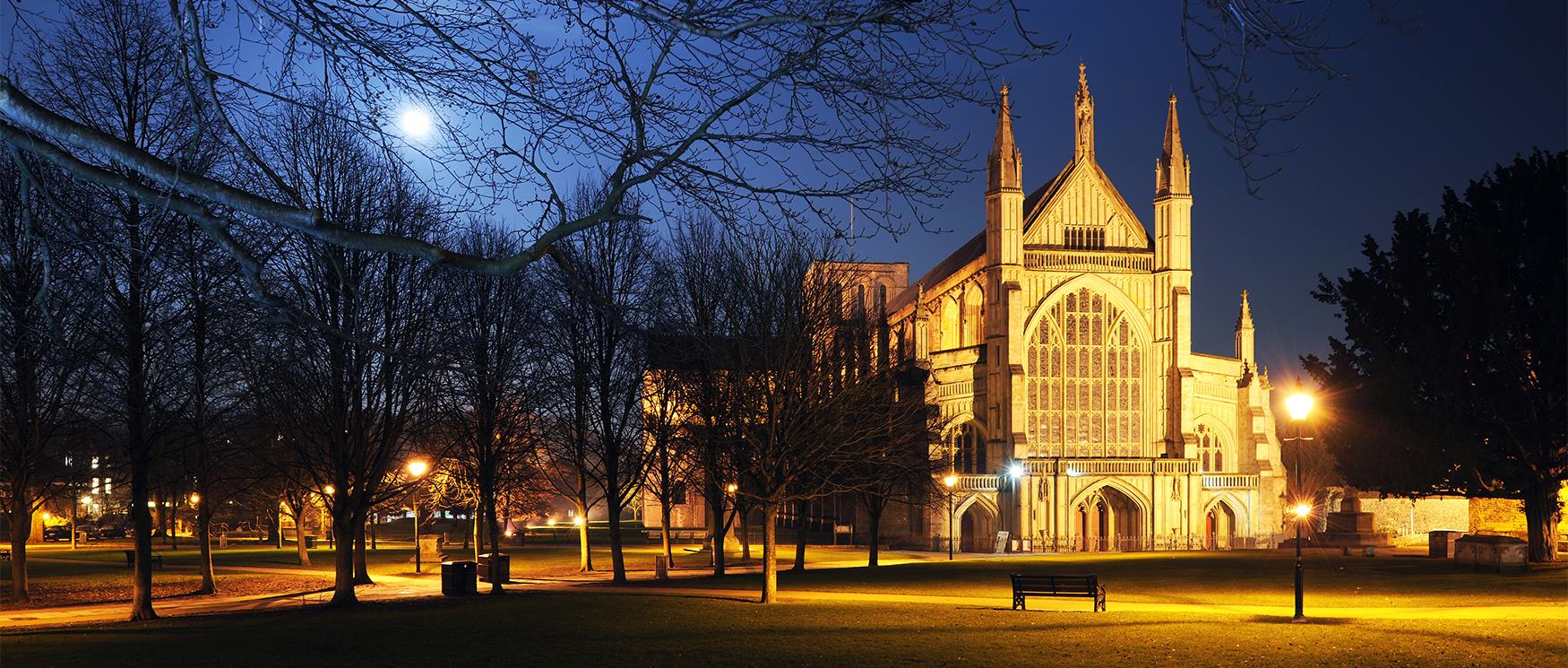
During the 1860s a series of forts were constructed at great expense to protect Portsmouth from a potential sea or land attack. Now commonly known as Palmerston’s follies, they became rapidly outdated and were never used in action. These huge structures can be seen to this day and one outstanding example Royal Armouries Fort Nelson is open to the public.
The Mary Rose was a favourite ship of King Henry VIII and sank in The Solent in 1545. She was raised in 1982 along with a vast array of exceptionally preserved artefacts, including the bones of 179 people and the ship’s dog, plus a urethral syringe, leather shoes, nit-combs, rat bones and an early vanity mirror. The ship and many other astonishingly preserved objects can be seen at the Mary Rose Museum, Portsmouth.
Winchester’s Great Hall is home to the legendary King Arthur’s Round Table. This 5.5 metre diameter object is now famously hung from a wall and attracts visitors from all around the world. Probably dating back to the 13th century, this object was painted in the 16th century with a Tudor rose in its centre and Henry VIII at the top, with 24 places for his knights.
Winchester Cathedral was in danger of collapsing in the early 20th century as its foundations crumbled into soft watery silt. This called for a radical solution and involved Royal Navy diver William Walker spending 6 years working up to 6 hours a day in water depths of 6 metres shoring up the cathedral with concrete and bricks. The cathedral’s saviour is commemorated with a memorial inside the building he saved and he received an award from King George V. There is even a pub named after William Walker which faces the Cathedral.
William the Conqueror’s third son William Rufus was crowned in 1087, but famously was killed by an arrow in the New Forest in 1100. No-one knows who shot the arrow, but Rufus was a notoriously unpopular ruler so it may have been murder. The ‘Rufus Stone’, near Minstead supposedly marks the spot where he died and his bones are found in Winchester Cathedral.
Fanny Adams was a young English girl brutally murdered by a solicitor's clerk in Alton. In 1869 new rations of tinned mutton were introduced for British seamen. They were unimpressed by it, and suggested it might be the butchered remains of Fanny Adams. The expression "sweet Fanny Adams", or "sweet FA", has come through British naval slang to mean "nothing at all". Fanny’s grave can be found at Alton cemetery.
The 118-year-old Handyside Bridge featured in the Harry Potter films as the boarding point for the Hogwarts Express. This footbridge was moved from London's King's Cross station to span The Watercress line Steam Railway at Ropley, enabling visitors and enthusiasts to view steam trains from above.
The tomb of the famous Egyptologist, George Herbert, 5th Earl of Carnarvon lies within the Iron Age hill fort fortifications of Beacon Hill, near Burghclere. This hilltop grave provides the earl with a view over his beloved Highclere Castle and estate - now famous as the backdrop for Downton Abbey.